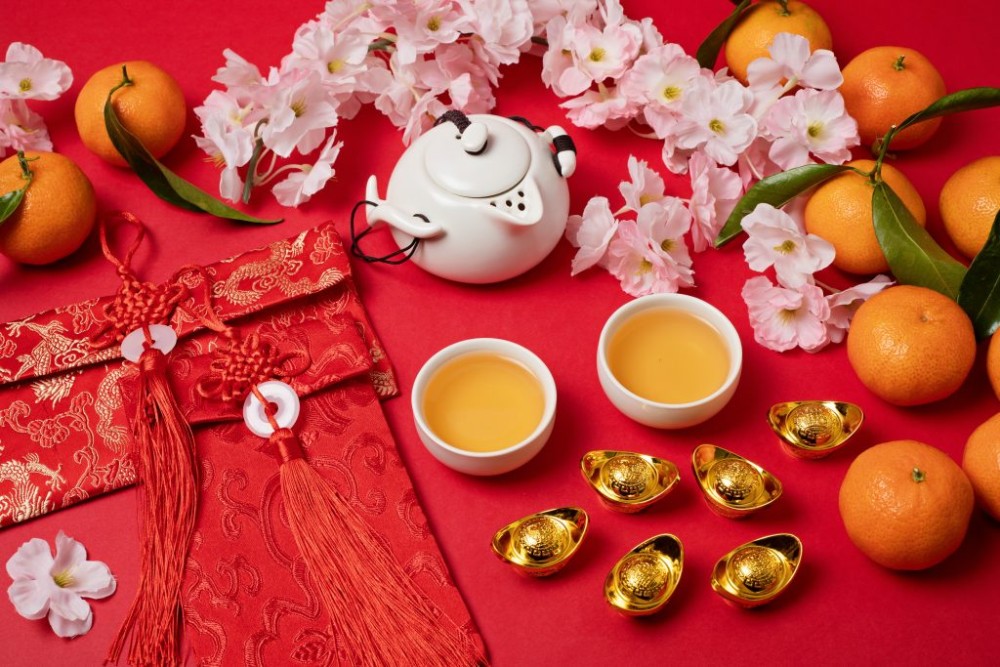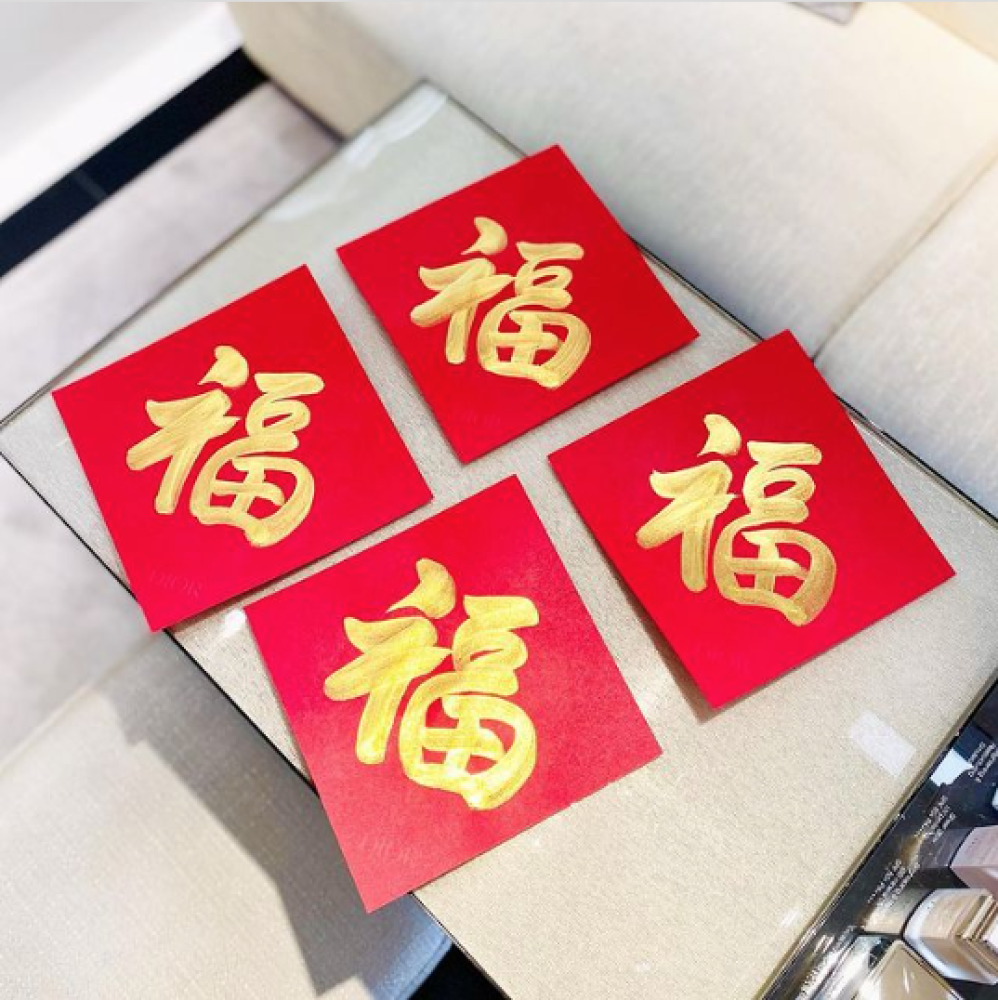Imperial traditions to embrace this Chinese New Year
Jan 25, 2023
From adding flowers to hotpot to steeping tea in snowmelt, here are some of the ways you can celebrate Chinese New Year like royalty

Lunar New Year has roots that trace back to the Western Zhou dynasty between 1045 BC – 771 BC. Chinese New Year falls on the first day of the year in the lunar calendar, and festivities begin in the days leading up to it. Celebrations centre around welcoming spring and blessing harvest, health and well-being in the coming year.
Today, a quarter of the world celebrates what is known in some countries as Lunar New Year. Traditions like cleaning house on the 28th day of the last month of the lunar calendar or handing out money in red envelopes to children and loved ones have become well-known practices.
Throughout China’s rich history, emperors and royalty from different dynasties have carried out unique traditions that the wilder population has come to adopt over the years. Some are well-known, while others are less familiar in the modern world.
Here, we look at how emperors and the royal court celebrated and how you can easily embrace these traditions in the weeks ahead.
Fit for royal-tea

Qianlong was a prolific poet during his rule in the Qing Dynasty (1736-1975). He, of course, also had a penchant for the finer things in life, such as jadeite, fine cuisine and artistic collectables – his passion inspired one of his favourite new year traditions.
Qianlong served sanqing cha, or “three purities tea” during the first month of the new year. He steeps plum blossoms, buddha’s hand citron fruit and pine nuts in water from pure melted snow. This was said to be his favourite tea, so much so that he wrote a poem by the same name; he had the poem engraved onto jade tea cups from which he served the brew.
The recipe calls for fairly simple ingredients and can be easily replicated at home (sans jade cups inscribed with poetry, perhaps). The most difficult component to get your hands on might be the snowmelt; Svalbarði’s bottled North Pole glacier water, priced at €99.99 (HK$826) per 750ml bottle, could be a worthy alternative.
Hotpot like an empress

If you know anything about Hongkongers, you’d know we love a good hotpot. Winter is undoubtedly the best time to gather with friends and family around a bubbly soup, cooking meats, vegetables and tasty trimmings right at the table. While hotpot for commoners was more of a communal experience, imperial courts served individual hotpots since no one could eat at the same table as the emperor.
Emperors have enjoyed this delicious cook-as-you-eat experience for thousands of years, and not only during winter. Court records reveal Qinglong had over 200 hotpot meals in a single year in 1789!
Sixth Qing emperor Jiaqing was said to have served a banquet of 1,500 hot pots at his coronation in 1796.
Empress Dowager Cixi, who famously catered her diet around staying youthful, was said to have added chrysanthemums to her hotpots. Chrysanthemums represent longevity and optimism and continue to be used as a symbol of auspiciousness during Chinese New Year. Adding petals can mitigate the “heatiness” of the boiling soup and help the body release toxins.
Dried chrysanthemums used for tea are widely available at grocery stores for that added regal touch to your holiday hotpot.
Hand-written blessings

Fai chuns, words of blessings written in calligraphy on red paper, are an essential part of Chinese New Year. While these days you can easily pick them up from a stationary store (and more often or not for free with the purchase of those must-have CNY Ferrero Roches at the local grocery store), handwritten fai chuns carry the well wishes of loved ones.
Qinglong famously gifted court officials, dignitaries and his mother with his calligraphy for holidays and birthdays. Owning a calligraphy work from an emperor was deemed a great honour as their works are typically seen as highly prized pieces of collectable art.
Four-word phrases like “hung hei fat choi” and “saan tai geen hong”, the former wishing for prosperity and the latter for good health, are written on long pieces of red paper and hung in pairs near doors.
The word ‘fook’ is written on square red paper on a diagonal and hung upside down to signal the arrival of good fortune.
Red paper for fai chun is widely available at stationery stores and often sold as a set with ink and calligraphy brushes. Though your calligraphy might not be as collectible as Qinglong’s, why not try to spread joy and good vibes this season with a handwritten blessing?
Also see: Finding workplace wellness beyond the confines of office walls





























